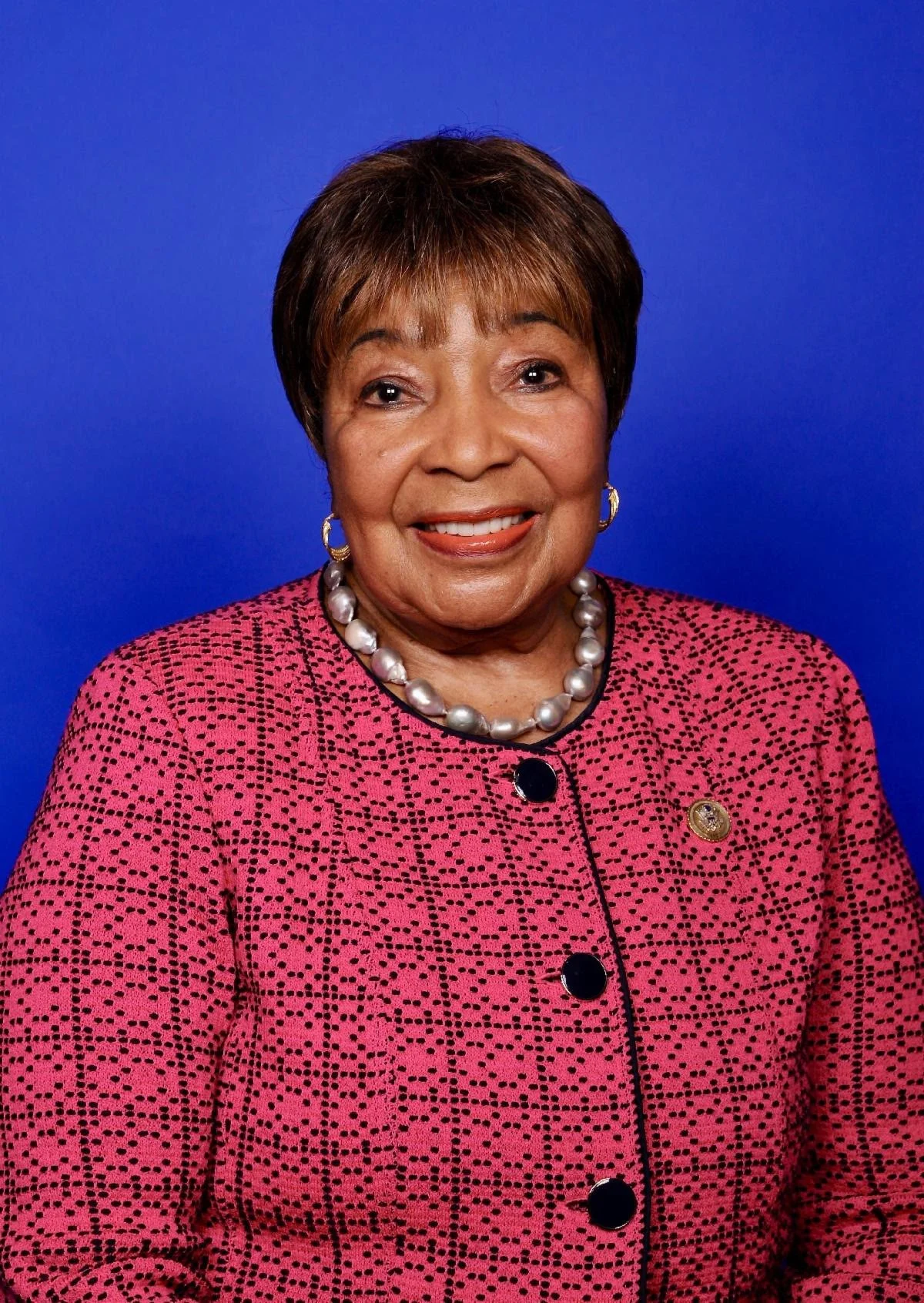
U.S. Highway 67 to Become the Eddie Bernice Johnson Memorial Highway
EBJ was a trailblazer in Texas and national politics — the first African American from Dallas elected to Congress, the first nurse to serve in the U.S. House, and the first woman to chair a committee in the Texas Legislature. She represented Dallas in Congress for 30 years, securing major transportation funding and championing science, infrastructure, and community development.
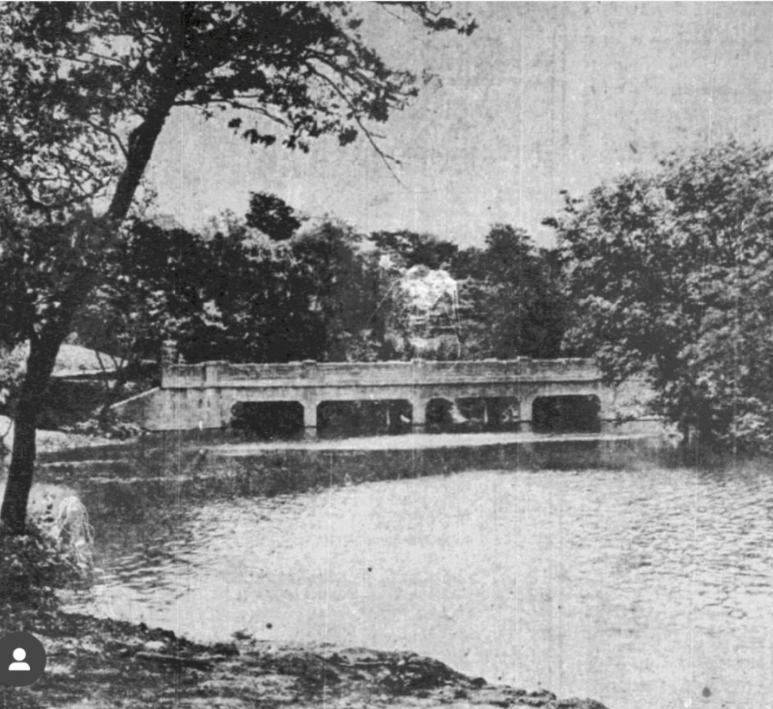
A Gateway Through Time: The 1926 Birth of Turtle Creek Park Subdivision
During recent research into the history of the bridges of Turtle Creek, I came across a fascinating find in the Dallas Morning News from 1926—an original advertisement showcasing the newly opened Turtle Creek Park Subdivision. What stood out immediately was the image of the Stonebridge Drive Bridge, featured prominently as the gateway into a wooded, hillside neighborhood that still exists today.
The Bridges of Turtle Creek Pt. 2
As previously announced, The Bridges of Turtle Creek is an ambitious public-private joint initiative—led by the Turtle Creek Association (TCA), the Turtle Creek Conservancy (TCC), and the City of Dallas. It focuses on the long-term care, restoration, and beautification of the eight historic bridges that span Turtle Creek. These iconic structures not only define the character of our corridor—they connect neighborhoods, tell the story of early Dallas, and serve as gateways into one of the city’s most beloved natural areas.
A major milestone was reached on June 11, when the City of Dallas—City Council and key departments in transportation, public works, and parks—formally endorsed The Bridges of Turtle Creek project through the approval of separate 10-year beautification agreements for TCA and TCC.

Built to Last: Circa 1908
Of all eight bridges in our initiative, Hall Street is the oldest, dating back to around 1908. I came across a Dallas Morning News article dated January 1, 1910, which proudly proclaimed, “Hall Street Bridge Lately Built by the City of Dallas.” The article noted that Hall Street experienced heavy traffic and was especially dangerous due to an upgrade from both directions. The new bridge was a much-needed safety improvement and came with a price tag of $4,700—a significant investment at the time.


The Bridges of Turtle Creek
This month, we announced a groundbreaking venture that promises to redefine the landscape and spirit of our community—the Bridges of Turtle Creek initiative. In collaboration with the Turtle Creek Conservancy (TCC) and the City of Dallas, we at the Turtle Creek Association (TCA) are embarking on a journey not just to aesthetically restore and enhance eight historic bridges but to reinforce and reimagine the connections they facilitate.
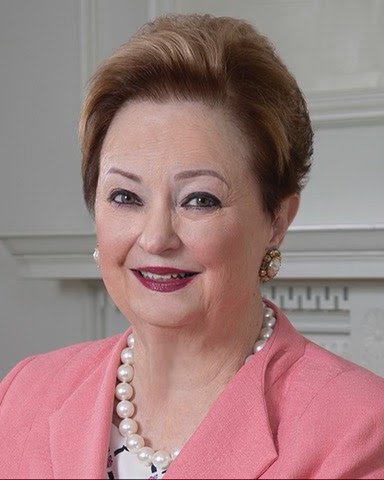
TCA Announces Mary Brinegar as Honorary Chair For Azalea Luncheon
The Turtle Creek Association (TCA) is proud to announce Mary Brinegar as the Honorary Chair for this year's Azalea Luncheon. Mary's exemplary leadership as the former president/CEO of the Dallas Arboretum has set a standard we continually strive to meet.
Under her guidance, the Dallas Arboretum became one of the world's leading arboretums, renowned for its commitment to environmental stewardship and botanical excellence—a reflection of Mary's robust leadership and visionary approach.
We are excited to have Mary Brinegar lead the Azalea Luncheon and celebrate our mutual dedication to the preservation and enhancement of our natural environments.
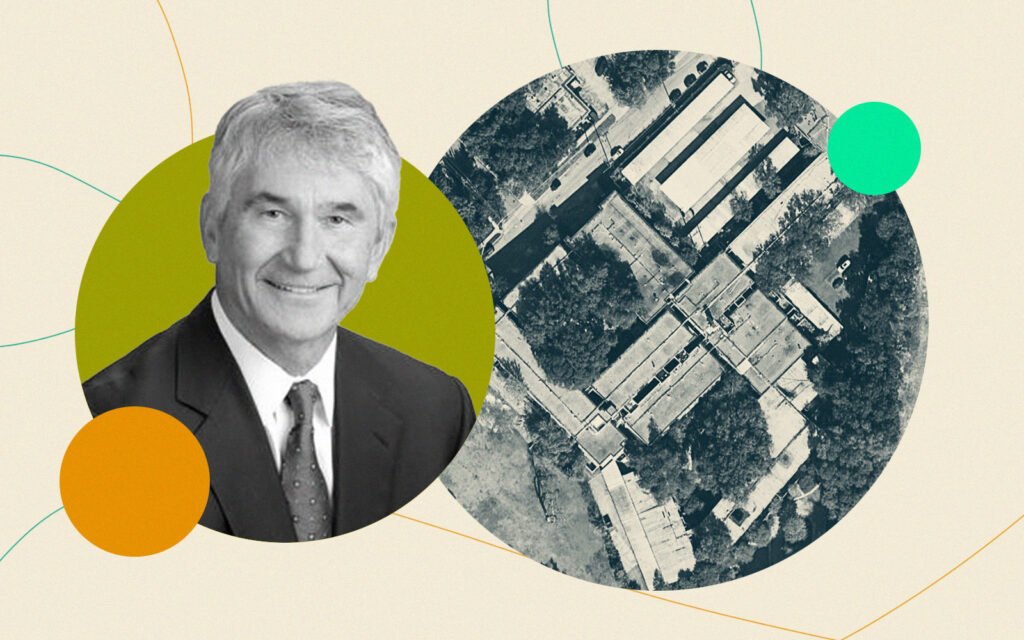
Exciting News: Two New Partnerships Join TCA in Preserving Turtle Creek!
TCA welcomes two new partners in our mission to preserve, protect, and enhance the Turtle Creek Corridor: Hanover Turtle Creek and Parkview Turtle Creek. These partnerships mark a significant step forward in our efforts to maintain the beauty, safety, and vibrancy of this cherished area.
Hanover Turtle Creek is the latest luxury high-rise rental community developed by Houston-based Hanover Company. Located on Turtle Creek Boulevard and Fairmount Street, this 21-story high-rise features 341 units and offers residents unparalleled access to Downtown Dallas and the scenic Turtle Creek neighborhood.
In an extraordinary show of support, Hanover has donated the funds needed to immediately begin clearing the underbrush, trash, and debris between Fairmount and Maple Avenue. As reported in this newsletter last month, TCA has already extended the monthly services of Trash Free Waterways into this area. With Hanover’s generous contribution, this work will now be expedited and expanded to include lighting installation under the Fairmount Bridge, graffiti remediation, and additional efforts to address the large homeless encampments in the area.
Christopher Nash, Development Partner, expressed his enthusiasm for joining TCA’s efforts: "At Hanover, we have a strong desire to be good neighbors and support the impressive efforts being performed by the Turtle Creek Association. Their work in preserving and enhancing the Turtle Creek Corridor ensures it remains one of the most beautiful, safe, and highly desired areas of Dallas. We are proud to partner with TCA and contribute to their mission."
J.D. Trueblood, President and CEO of TCA, emphasized the importance of this partnership: "The addition of Hanover Turtle Creek and Parkview Turtle Creek to the TCA family is monumental. Hanover’s donation expedites critical work in a key area of the corridor and exemplifies the power of collaboration. This now brings three new developers, each with projects underway at the south end of the corridor, into the TCA family. It’s a huge step forward for the corridor and our organization."
With Hanover Turtle Creek, Parkview Turtle Creek, and Centurion American joining our cause, we are more empowered than ever to ensure the Turtle Creek Corridor continues to thrive as a beloved part of Dallas. Together, we look forward to creating a lasting impact for our community!
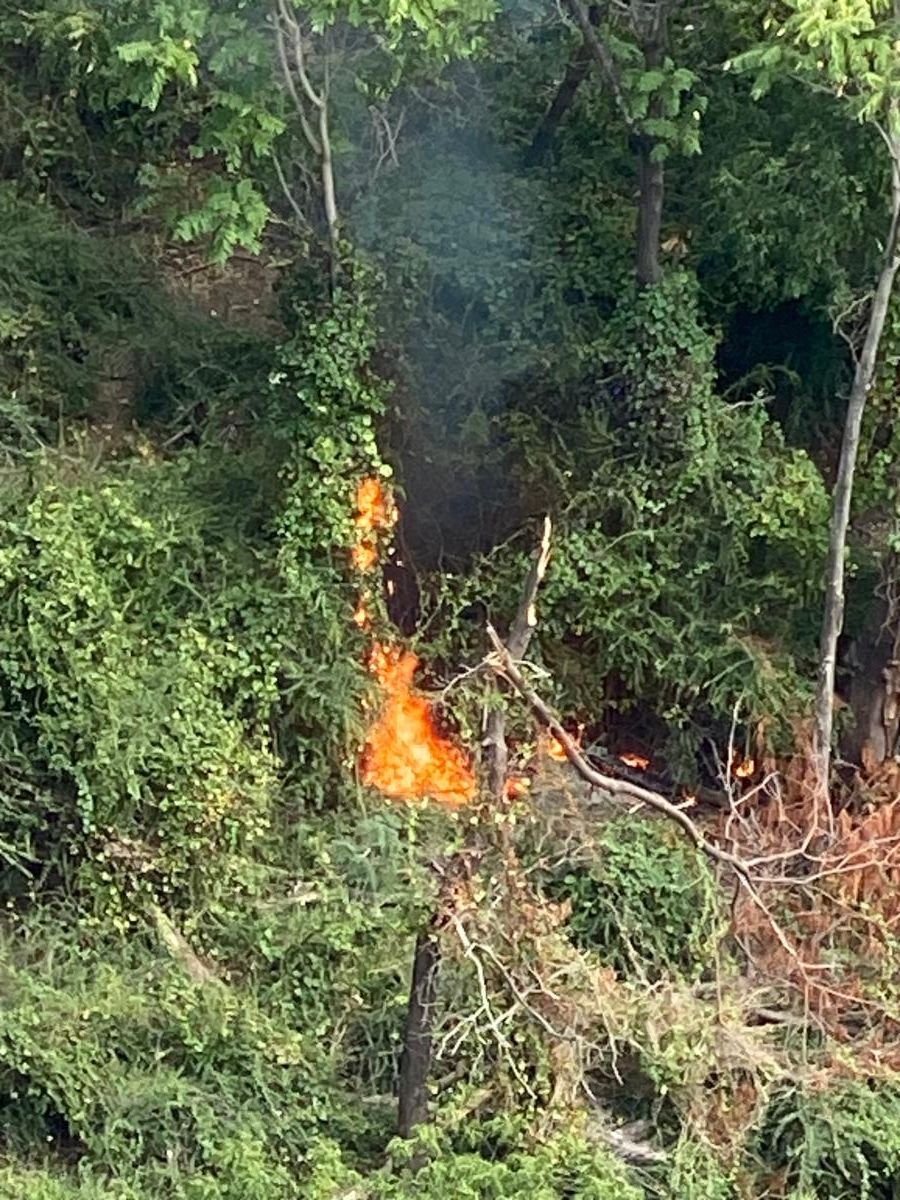
Quick Response Averts Major Fire in Local Woods
On the afternoon of September 22, 2024, a potentially catastrophic fire broke out in the wooded area at the intersection of Hall Street and Turtle Creek Boulevard. Thanks to the swift action of the Dallas Fire Department, the blaze was extinguished before it could spread uncontrollably through the dense and dry underbrush, which is abundant with fallen branches and arid vegetation.
The origin of the fire was traced back to a homeless encampment within the woods. This location is known for its thick brush which provides cover, making it a common spot for such encampments. On August 27, Turtle Creek Association’s (TCA) vendor, Trash Freeway Waterways, first reported this encampment through the city’s 311 mobile app and then TCA leadership communicated the finding to the Turtle Creek Conservancy (TCC). Following proper permissions, the site was initially cleared by TCA.
However, by September 16, a larger encampment had been established at the same location. Once again, the situation was reported to both the city, and we looped TCC in on it. However, the presence of individuals at the site delayed immediate clearing operations.
The incident underscores the critical role of community vigilance. We owe our gratitude to TCA member Janet Watts, who promptly reported the fire, enabling the fire department to respond effectively. This event highlights the strength and importance of collaborative efforts among the TCA, TCC, city services, and our community members to maintain safety within our neighborhood.
Let’s continue to support each other and stay alert, ensuring Turtle Creek remains a safe and beautiful place for all.
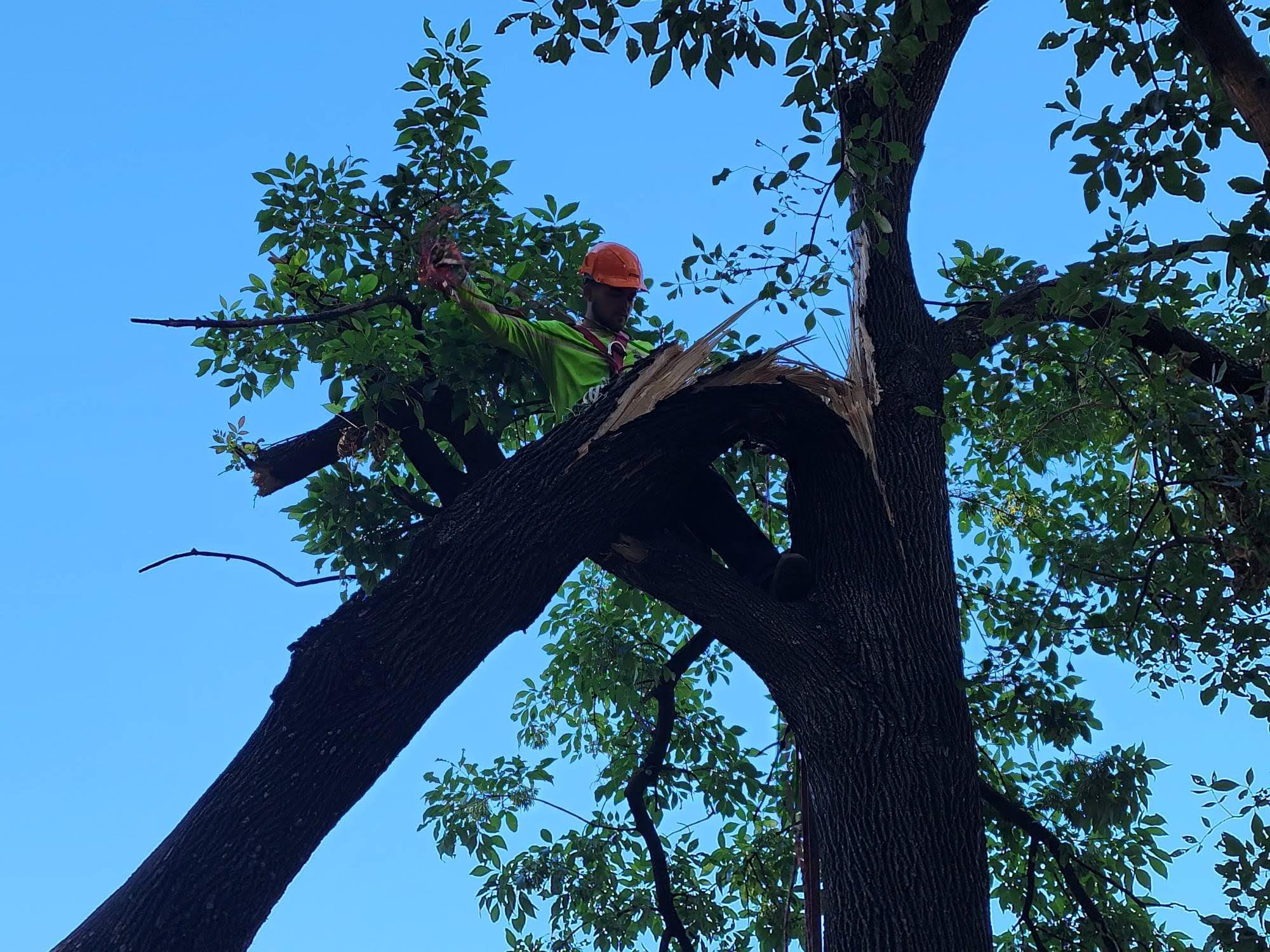
Storm Damage Clean-Up in Dean Park - TCA Steps in to Assist Forestry
On Saturday, August 10th, powerful storms swept through Dallas, leaving widespread damage in their wake. Dean Park, in particular, was hit hard, with large limbs falling and, in some cases, fully grown, historic trees toppling after standing tall for generations. With the City of Dallas overwhelmed by clean-up efforts across the region, Turtle Creek Association (TCA) took quick action to support recovery.
TCA engaged its own trusted vendors to begin the clean-up and restoration efforts in Dean Park. After gathering and piling fallen debris, our partners at Parks and Recreation stepped in to remove the large volume of organic waste, ensuring that it would be mulched and recycled. In addition, TCA worked to clear the pedestrian bridge of organic debris and trimmed the banks of Turtle Creek, further restoring the park to its natural beauty.
This clean-up effort is a shining example of how public and private partnerships can work together to achieve shared goals. TCA’s swift action not only relieved some of the burden from city services but also ensured that our beloved Turtle Creek continues to thrive as the vibrant, green oasis our community cherishes.
Below are before and after pictures. This was not a small task. We are proud to play a part in maintaining the beauty and sustainability of our neighborhood, and we remain committed to preserving Turtle Creek for future generations.
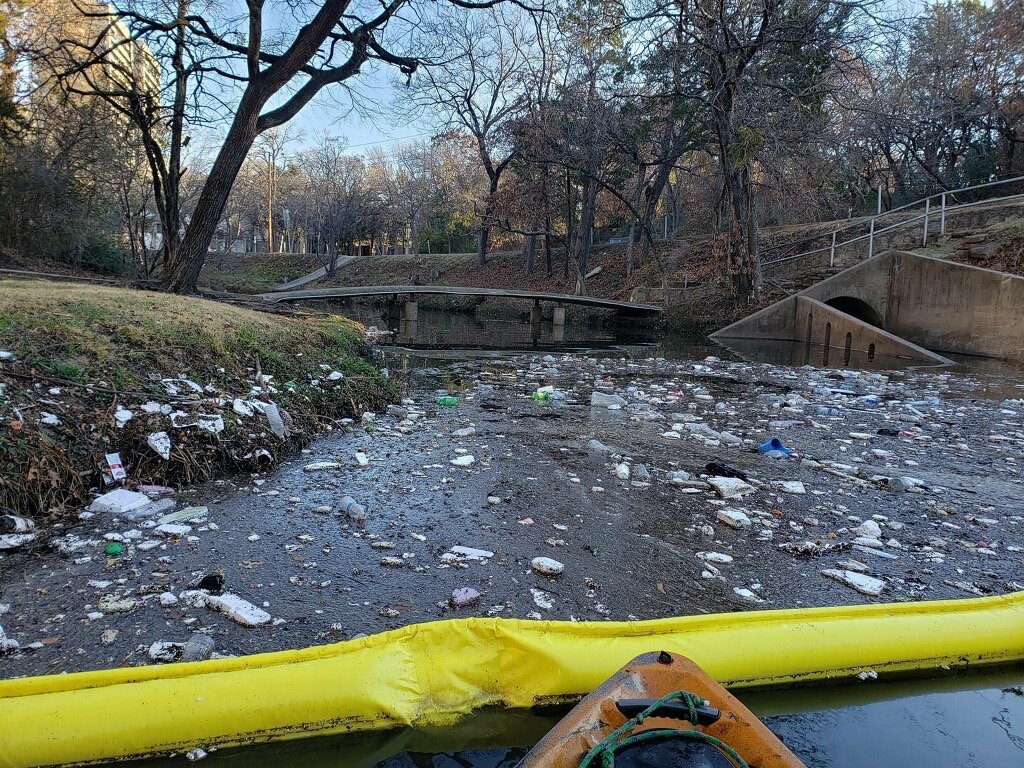
Let’s Talk Trash
LET’S TALK TRASH
In our ongoing commitment to preserving and protecting Turtle Creek, the Turtle Creek Association (TCA) is proud to report the success of our recent comprehensive creek clean-up initiative. Led by our new vendor, Trash Free Waterways, the clean-up effort has yielded remarkable results, showcasing the positive impact of our collective efforts.
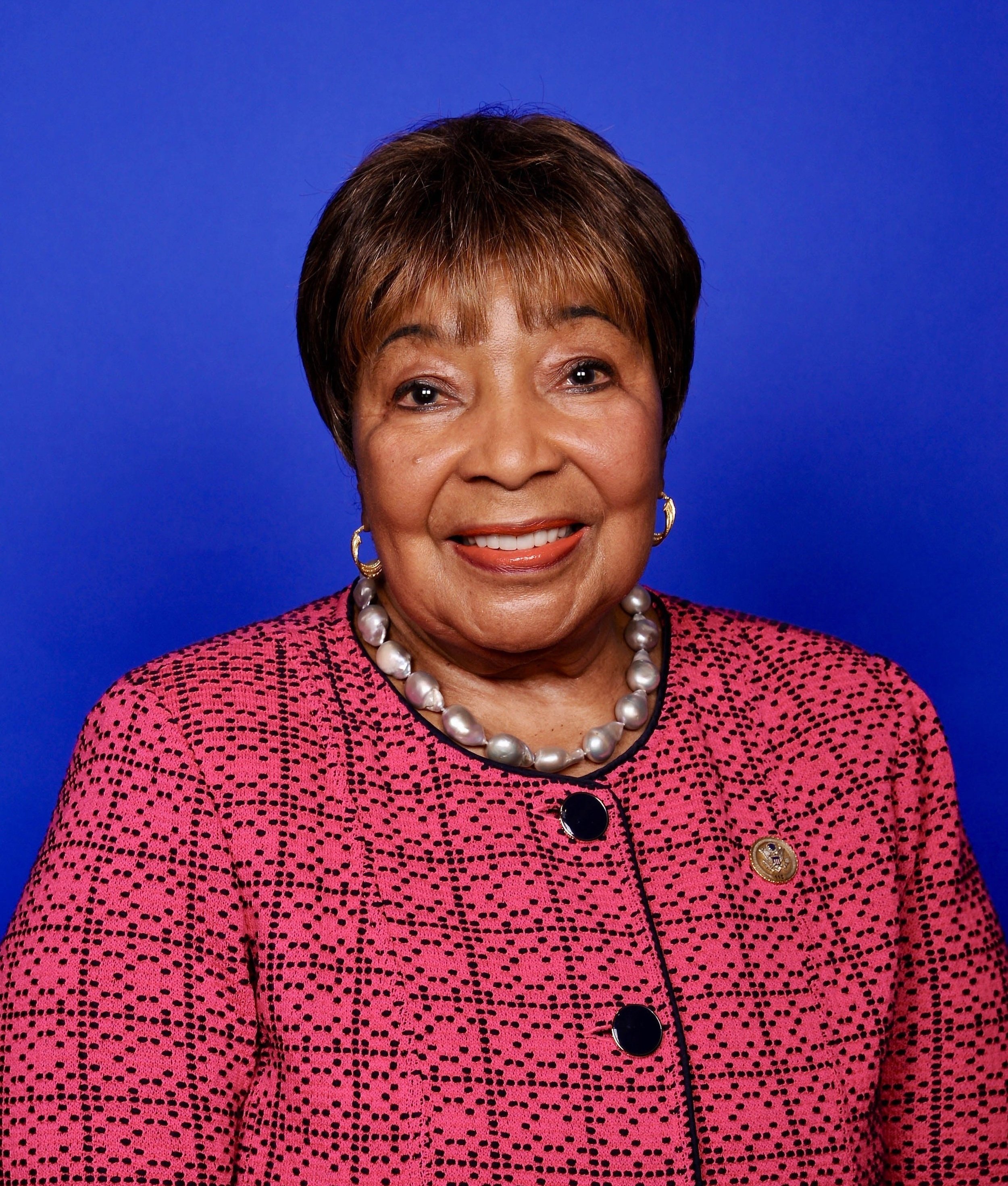
In Loving Memory of Eddie Bernice Johnson
We mourn the loss of a remarkable individual who tirelessly fought for the interests and safety of our community—U.S. Representative Eddie Bernice Johnson. Widely regarded as a trailblazer and a beacon of strength. Congresswoman Johnson left an indelible mark not only on our local community but on the entire nation.
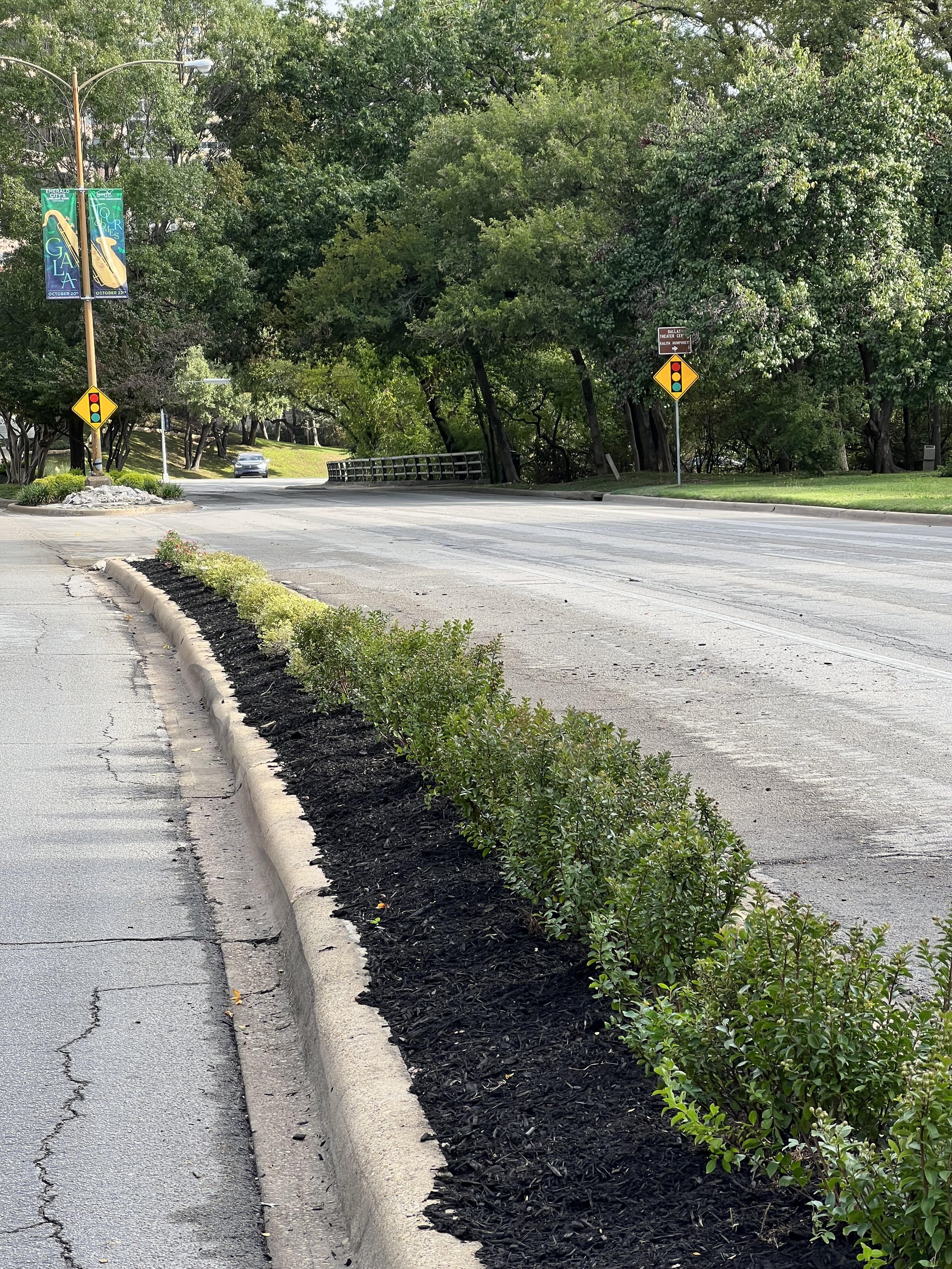
Revitalizing Our Green Haven: A Refreshing Transformation Unfolds!
We're thrilled to share the exciting news about the ongoing landscape refresh taking place in our beloved neighborhood, all thanks to your incredible support and the hard work of our dedicated vendor, Legacy Landscaping.
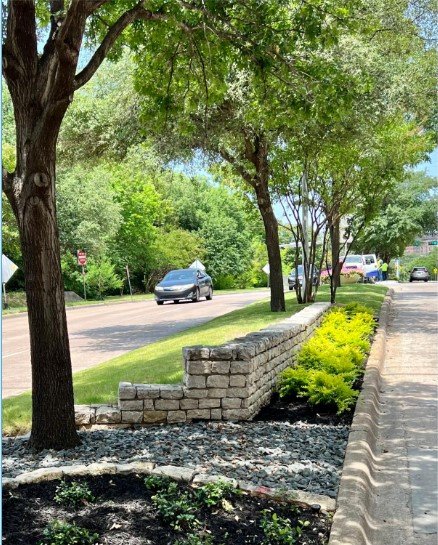
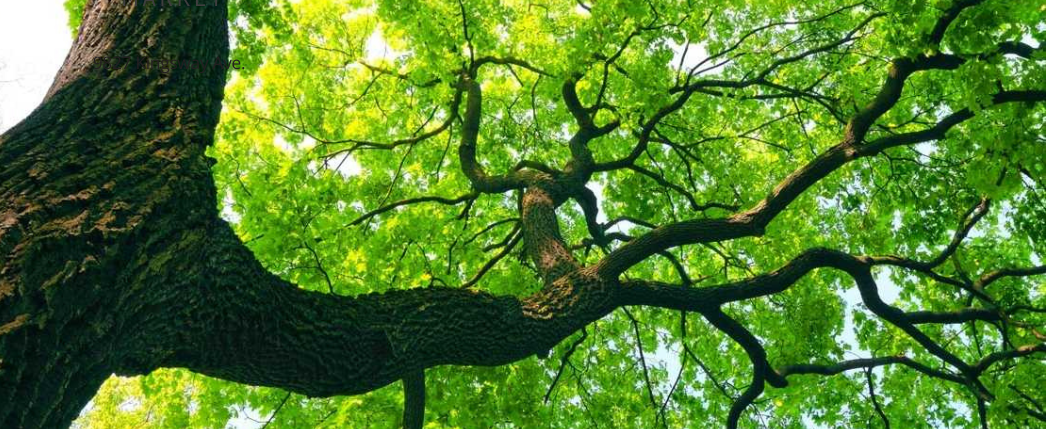
Create a Lasting legacy
We are delighted to introduce the Turtle Creek Association's new Legacy Program, designed to provide donors with various ways to contribute and make a lasting impact on preserving and enhancing the Turtle Creek area. With the launch of this program, we aim to expand our reach and ensure the continued success of our mission for years to come.
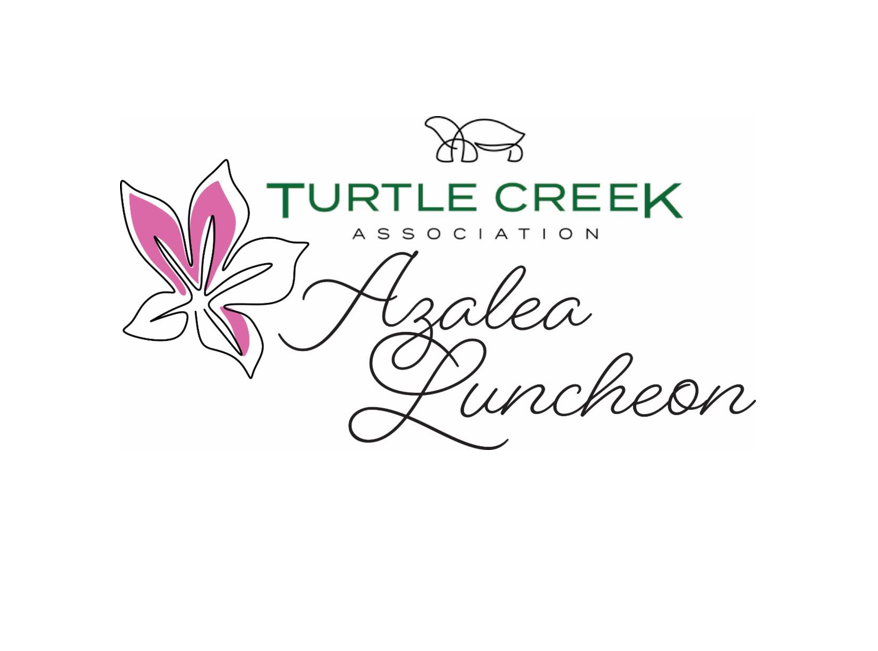
Azalea Luncheon - SOLD OUT Event, Deemed a Huge Success!
Celebrating spring at the Turtle Creek Association’s Azalea Luncheon was a vibrant and festive treat that brought smiles all around.
Sharon Ballew, luncheon chair, welcomed guests with honorary chair Deborah Stanford and Turtle Creek Association’s president and CEO, JD Trueblood, to the colorful and chic scene at the Rosewood Mansion on Turtle Creek.
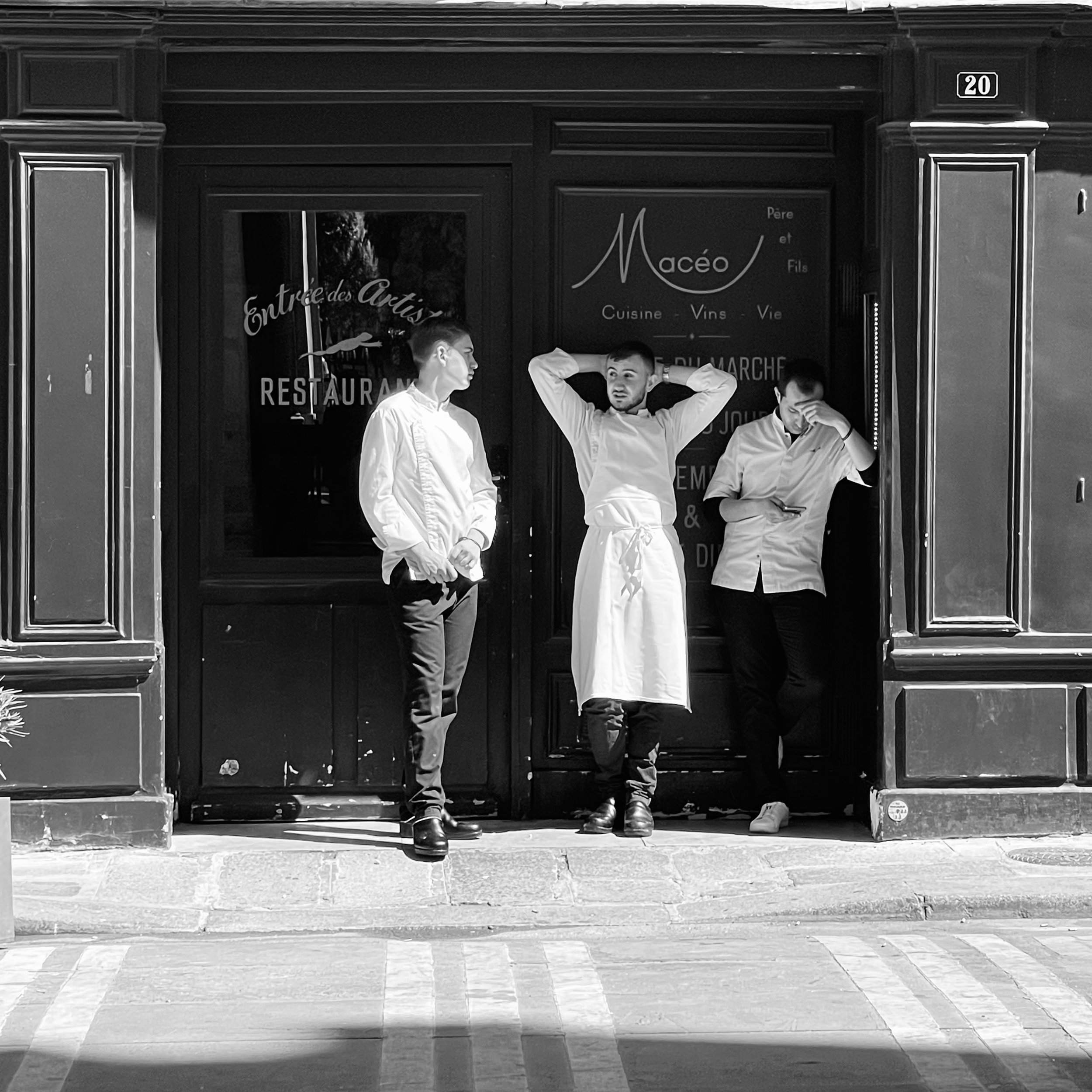
Craighead Green Gallery feature local artist
Local Artist Exhibit Coming to Craighead Green Gallery
Janice Provost is the proprietor of Parigi, a 39-year-old restaurant in Dallas, Texas. She began as a prep cook at Parigi and worked her way up the ranks, eventually buying the neighborhood bistro 24 years ago.
On a recent trip to Paris, Janice took that appreciation of beauty to a new level when she accidentally took a photo of three Parisian men in a sidewalk café.

Opening Soon - The Toby Market
Area residents will be able to show their pride in the corridor with "Toby" branded merchandise.
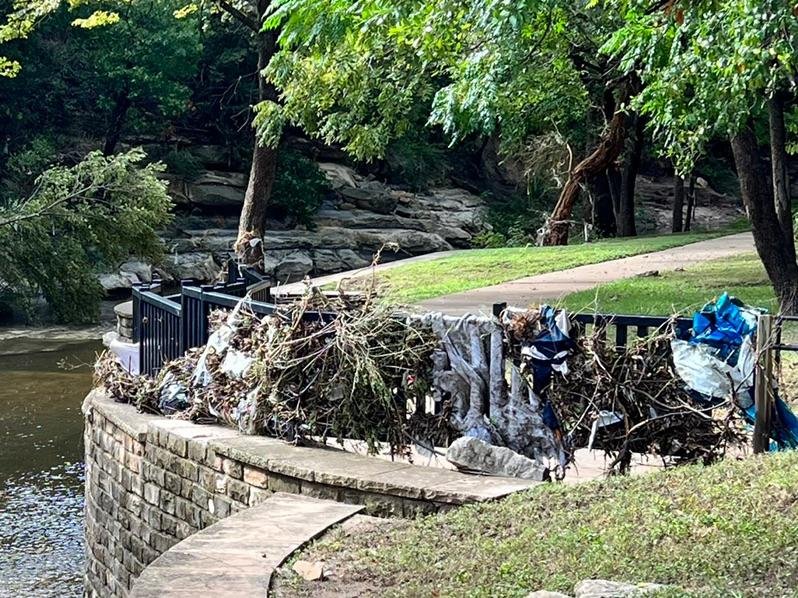
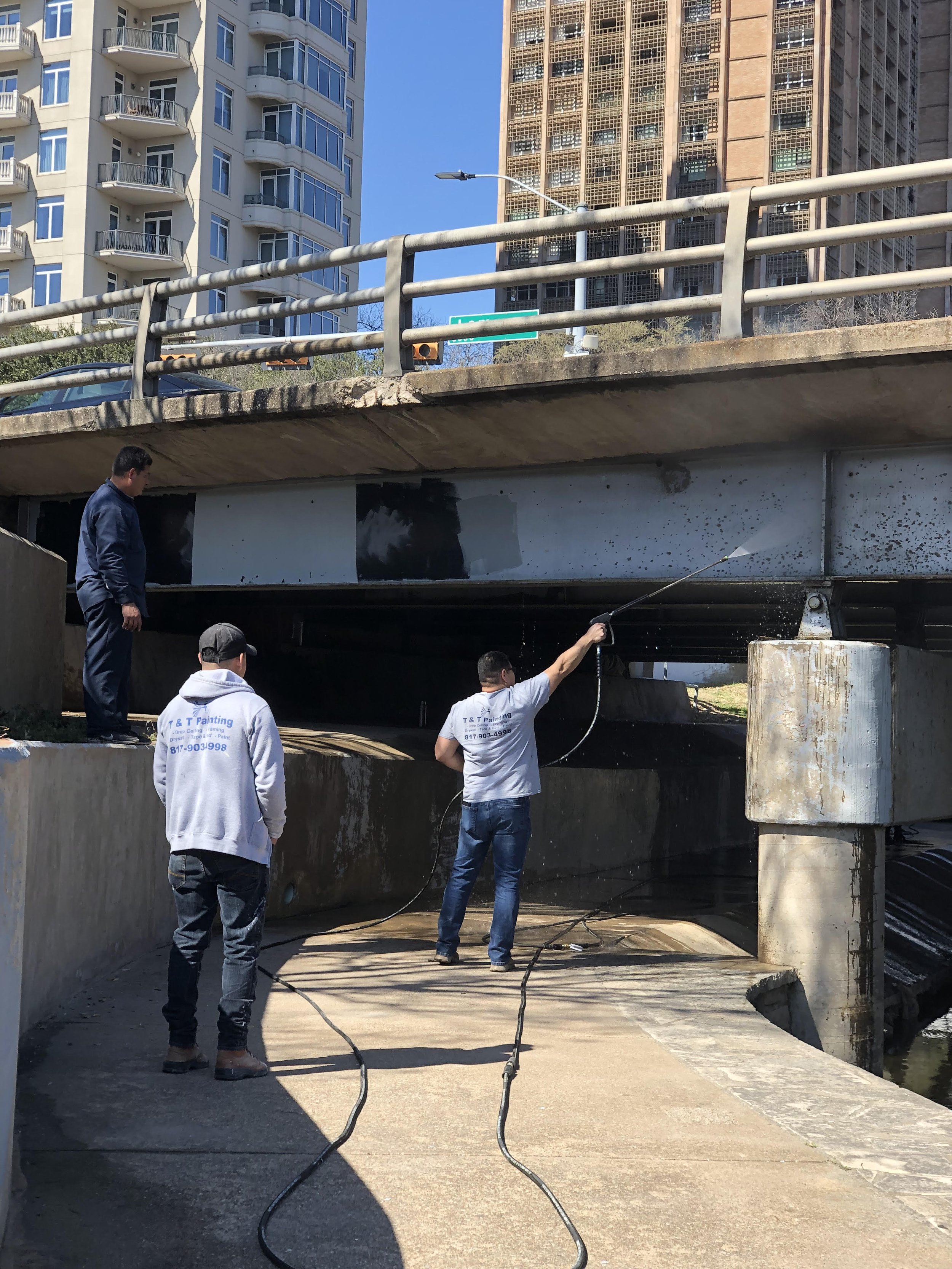
Works Begins at Lemmon Ave Bridge mural Project
Powering washing the Lemmon Ave Bridge is part of the prep work being performed for the mural art installation.
